Mastering the Art of Distraction and Balance in Self-Defence
When it comes to self-defence, the argument over the right technique to use when, how, and why, continues to rage on. From the world of traditional martial arts to contemporary mixed martial arts, different schools propose often contrasting strategies. Take kicking, for instance. In a video produced by YouTube channel Hard2Hurt, run by Icy Mike, this topic takes center stage, specifically the discussion around what to do with your hands while kicking. The video features a dialogue between Icy Mike and Gabriel Varga, a respected martial arts influencer. The debate oscillates between the value of posting the hand for balance against swinging it for power during a kick. However, the consensus that emerges is neither black nor white, but rather a broad spectrum of greys – demonstrating that self-defense techniques are often hinging on context and personal preference. As to whether to post or swing the hand during a kick, both techniques have merit. Posting the hand can be invaluable for balance and rangefinding, while also serving as a defensive blockade against incoming strikes. On the other hand, swinging the hand could, theoretically, add power to the kick and help with weight distribution. However, it can leave the kicker more exposed to counterattacks. Exponents of the swinging strategy argue that it adds power to the kick. By contrast, those who post their hands often prioritize balance and range over raw force. According to Varga, both methods have their place. The decision as to which technique to use depends on the situation at hand, the individual’s style, and their opponent. Simply put, different scenarios call for different measures. What’s particularly interesting in the discussion is how they emphasize the crucial role of context. The individuals underscore the importance of adapting to the opponent’s style and technique during a fight. Be it the posting stance or the swinging method, neither pattern is touted as a one-size-fits-all solution. Instead, the individual’s circumstances and capabilities play essential roles in choosing the correct technique to employ. Another critical aspect derived from the dialogue is the dismissive attitude towards the dogma of “right” and “wrong” techniques. There is a clear preference for flexibility and adaptability, employing different hand movements for different scenarios, sometimes even within the same fight. Experimental and eclectic approaches towards martial techniques are encouraged. Remarking on the tendency for some coaches to teach what works for them, rather than what might work for the student, the video emphasizes that self-defence students should be encouraged to develop their distinctive style and adapt it to different scenarios. Afoot also is the discussion on the significance of power in kicks. Both Mike and Varga underline that power isn’t everything in a kick. While power is undoubtedly a significant factor in defining the effect of a kick, it’s not the sole consideration. Other factors like timing, accuracy, and range can be just as crucial in determining a strike’s effectiveness. Hence, it’s not always about delivering a maximum-power blow; sometimes, it may be more strategic to trade power for speed or accuracy. In conclusion, the video drives home the idea that adaptability, context, and personal style trump traditionally dogmatic knowledge and rigid techniques in modern self-defence practice. Rather than sticking by the book, martial artists ought to consider practicability, individual proficiency, and the situation at hand to determine the most effective strategy to employ. All in all, the debate emphasizes that the art of self-defense is exactly that – an art. Just as not every artist use the same brush strokes and styles, neither do martial artists. Flexibility and creativity are paramount in crafting an effective self-defense strategy. This leaves room for continuous learning and adaptation as we navigate the constantly evolving landscape of self-defence.Blablabla
Hard2Hurt is a dynamic YouTube channel run by Icy Mike, a self-defense expert and ever-learning martial artist. His content focuses on practical self-defense strategies, survival skills, and intense fitness techniques. Icy Mike presents this vital information in an engaging, straightforward manner, perfect for beginners and experienced fighters alike.
Self-Defence Block

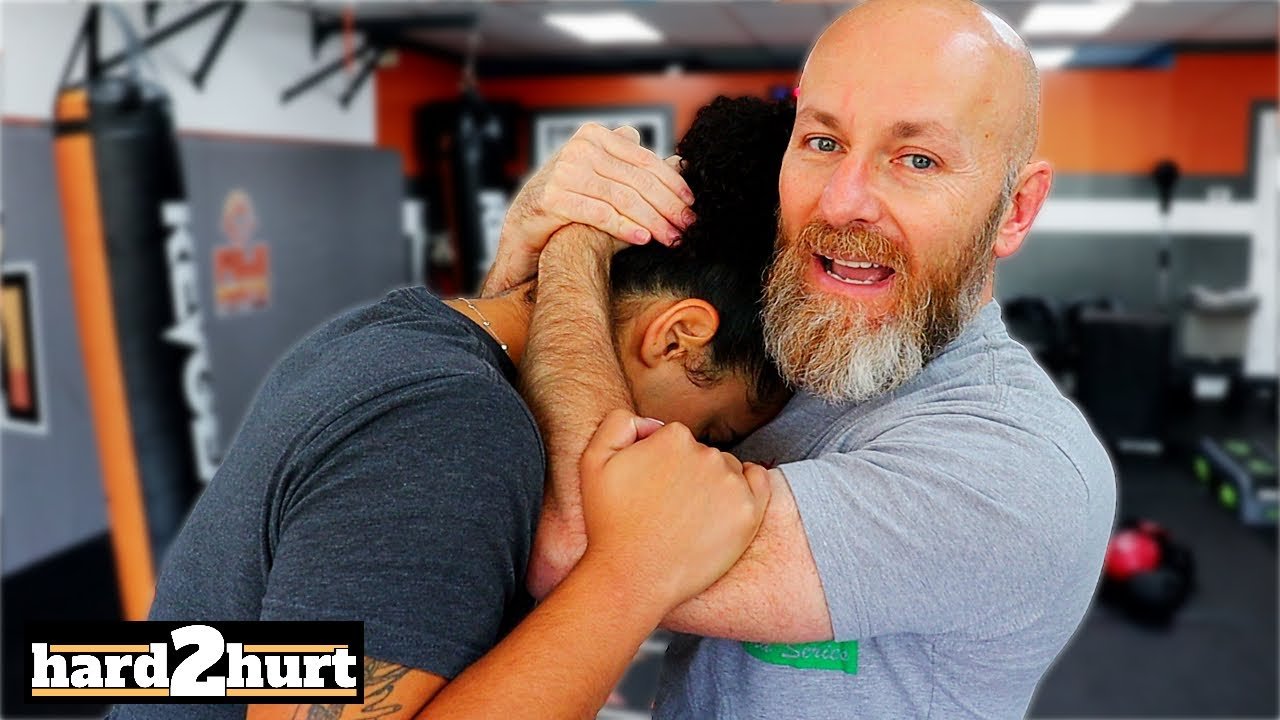
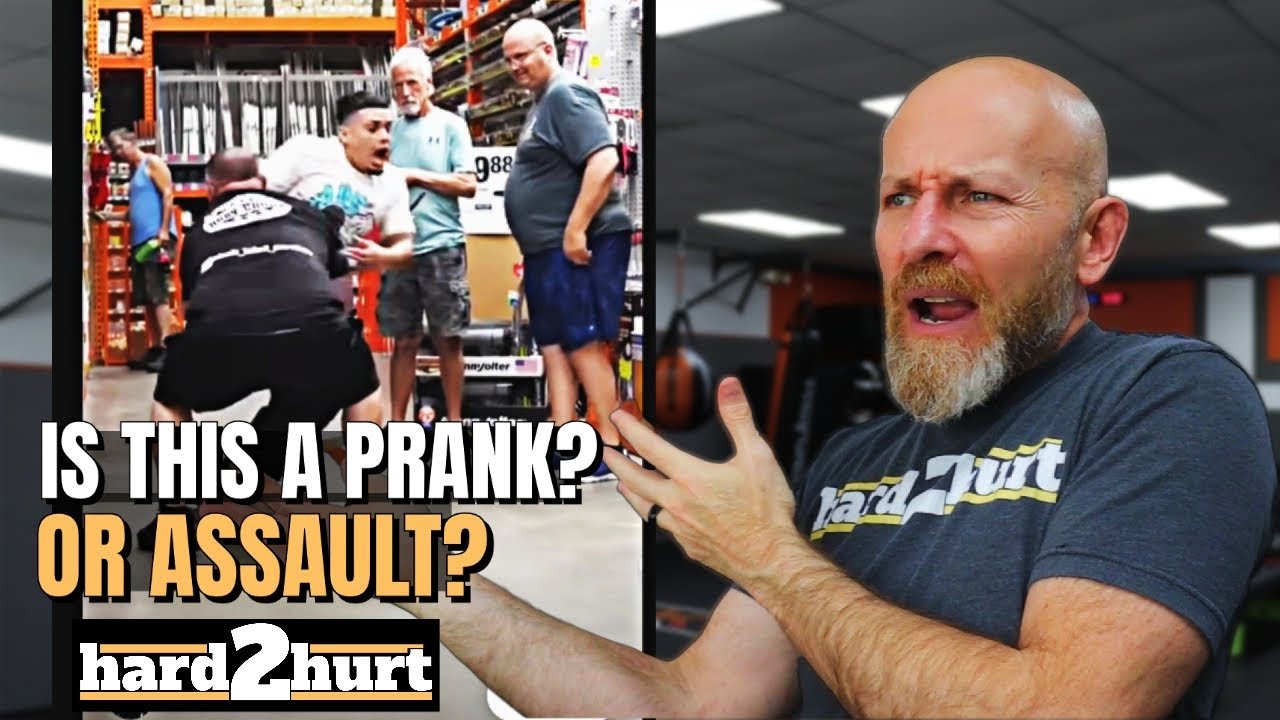
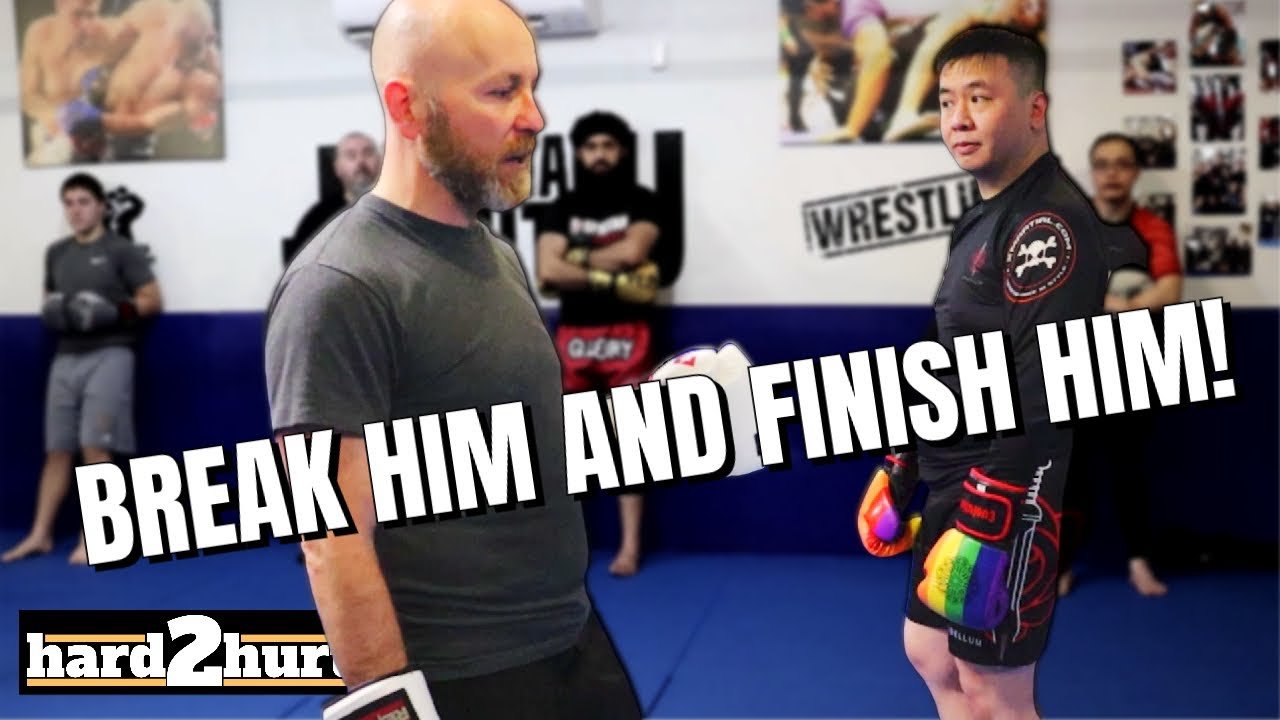
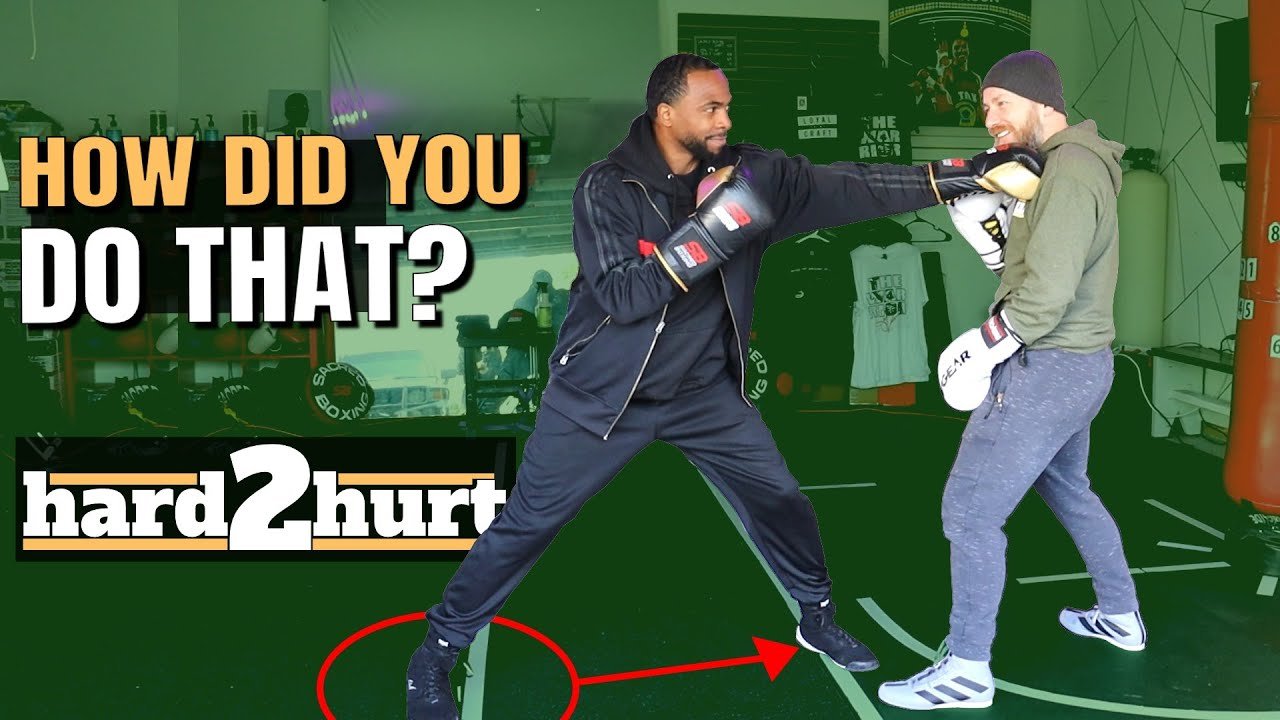

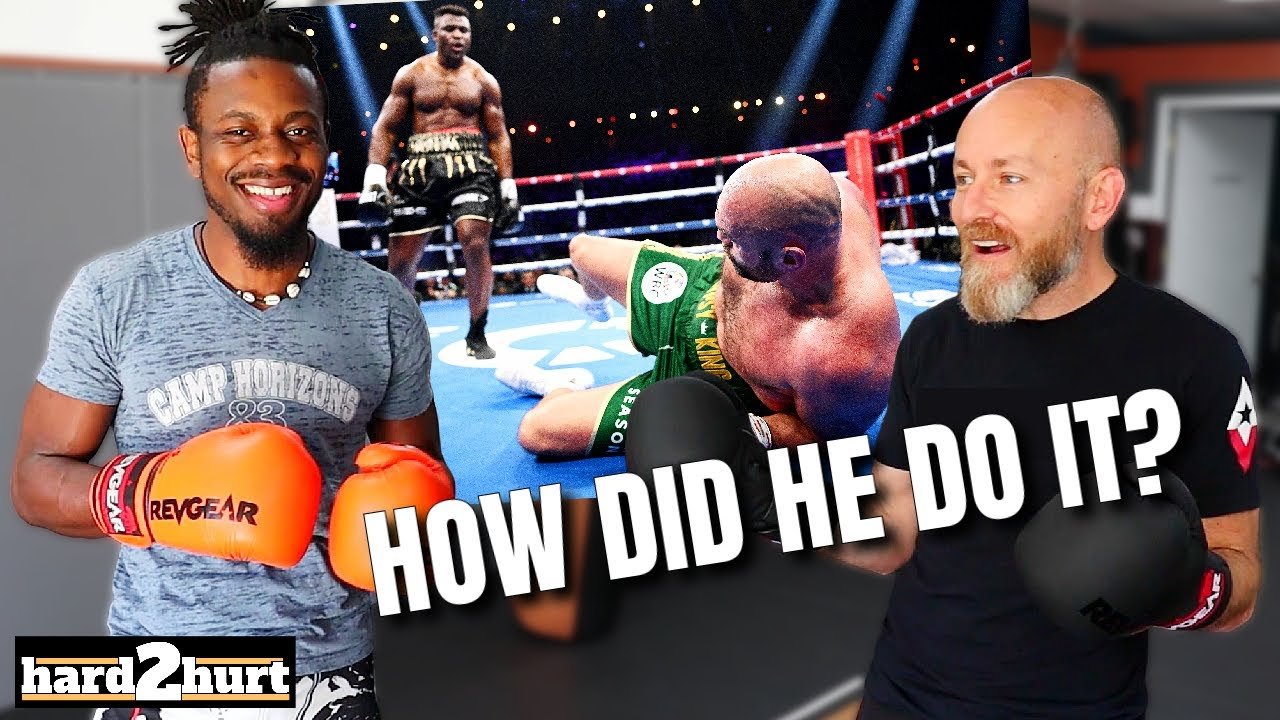



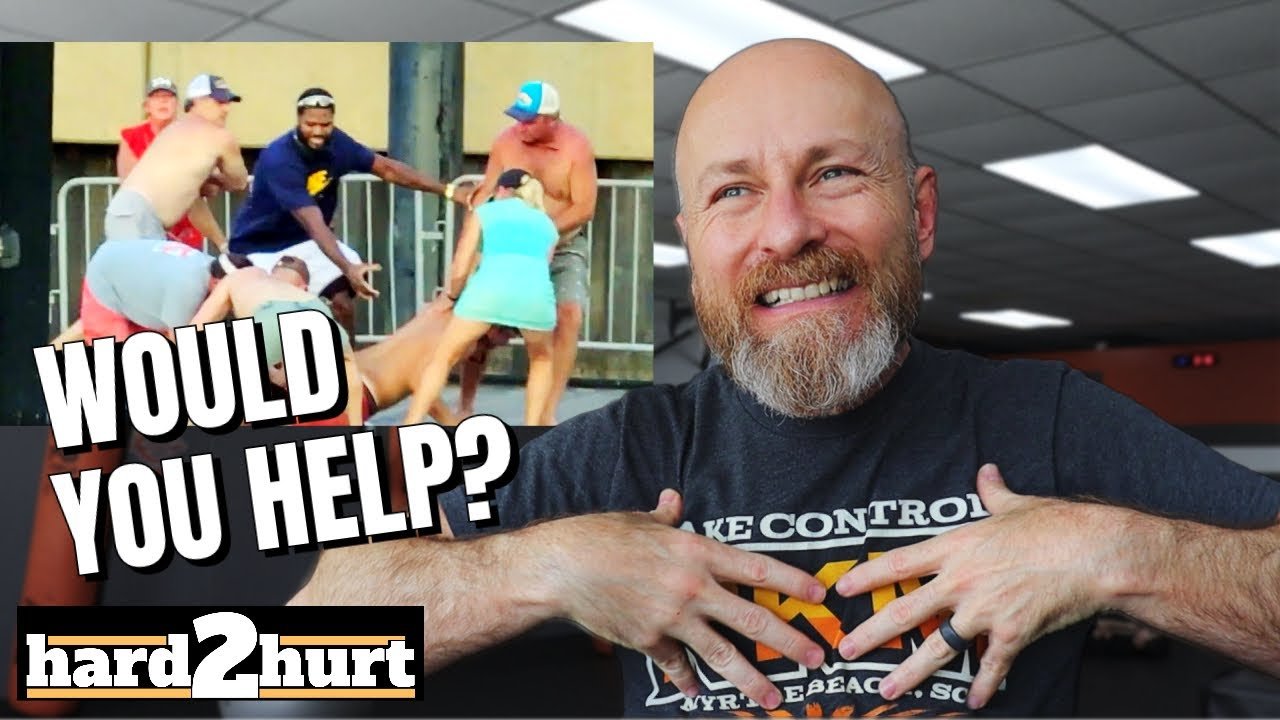
Always a pleasure joining Icy Mike for an episode. Looking forward to our next group collab
Traditional martial artists learn to keep their hands up but I see wrestlers learning to kick in the gym do an mj dance move down at their waist
I was trained to keep my guard up when I kick. You lose a little bit of power but it's safer
I do jazz hands while singing show tunes. See that way if I win, the dude just got beat by a dude doing jazz hands and singing show tunes. If I lose he just beat up a guy that was just dancing around singing.
Not just about power enough but it's landing, and if shots are landing you're scoring points
Mikey. Make a video for a fairly fit 77 year old person to get in a couple of quick defensive shots. It appears we are vulnerable these days.
if it aint broke why fix it? maybe thats how the legit coaches think
100% agree on the combination of using the hip and extension. Caught a guy like that when I was first trying out Muay Thai as opposed to my karate background and had someone tell me he thought I shifted his ribs.
point fighters dont focus on blocking as much since it is first to hit or score. or other styles like Taekwondo, we were taught was designed for ground fighter vs mounted solder, so they have awesome high kick but they aren't concerned with blocking since they are knocking someone off a horse. exhibition fighters have rules so they dont have to worry about groin shots, foot stomps. in my style we always posted or was guarded. we didnt tend to do longer roundhouse kicks where you roll your hips or rotate the foot, that was more for medium range or longer range attacks, for closer ranged the low body kicks, leg kicks, groin kicks, foot stomps the short kicks we tended to do front kicks, or crescent kicks so didnt need to rotate the foot / hip to get max power, it allowed more speed to get the foot back down / change angle / follow up technique / setup for a sweep.
Personally I am hard against the arm swing. The "powerful enough" is a big point for me.
I am a very big boy, and my kick is unpleasant enough even when it is a pure "leg kick", but I will also always be slower than a guy who weights like mr. Varga. So might as well post or go into full guard while kicking.
I think that the bigger you are, the less sense the arm swing makes. When you're a middleweight it is a topic for a long discussion, when you are 95+ kilos – you are losing on defence.
A constructive question (i hope so):
If you're working with beginners, would you flood them right away with tons of information regarding one technique and leave them with "choose whatever works for you"?
I'm asking, because I think amount of new data a rookie has to implement for a certain technique is pretty overwhelming. I saw people going crazy when listening on how to perform a jab for the first time. Body weight, twisting fists, right hand up, good posture, etc. and there are thousands of ways to throw a good jab.
My thesis is:
if you work with newbies, give them whatever works best for you. A form to follow and once they become intermediates / once you work with intermediates or advanced guys, teach them to break the form and chase for "whatever works for you".
Right / Wrong / Something in the middle? ;p
When you're sparring, getting the better of someone and they stop and comment during sparring about your technique even when you're landing solid hits!
@hard2hurt Also.. powering up each shot to the max is a sure way to gas out in 10-15 seconds
@8:21 It is not about indoctrination rather the way human mind is build. We are really really really good at picking up patterns and systems, schematics. We absolutely hate something that does not fit into the pattern.
Usually I just pick my nose
icy ! I really need to give you credit for addressing topics that other people would rather avoid. KUDOS !! I have learnt a whole lot from watching this video.
How dare you cut the leg muscles reference
I have always been told that NOT rotating your ground foot will damage your knee. That terrifies me.
What is your advice for the average person who doesn't have the time, budget, will, motivation, etc. to spend months or years in fight training, but wants to do SOMETHING effective to improve their ability to protect themselves and their family from the brutal realities of a violent criminal ambush/attack? I'm thinking a few seminars a year like Craig Douglas' ECQC course, but that's likely far too intimidating for most people. Any other solutions in that arena?
6:15 LEEEEG MOOOSUUUULS!!!
Once when i had personal session with my trainer (he teaches also group i'm in), he told me to slip, pivot and punch left hook. I "miketysoned" some whacky jump instead, but landed in good position and hook was fine. I stopped and apologized for mistake, but he made wide eyes and said: "dude that works for You, hook landed perfectly and You didn't lost balance… if it works it's fine …". Later he even gave me separate advices on how to make those lunges faster and more unpredictable and i use it since with quite a success.
The swing is such a weird one be upset about. It's the swing forward that gives you the power, the swing back just let's you recover quicker.
As long as your shoulder is getting involved and going in the direction of the kick them you'll get full rotation and full power, doesn't really matter what you do with the arm afterwards.
Martial arts is like any other ideology. There is an indoctrination period, turning practitioners into binary evangelists.
A good coach or teacher in anything will be mindful of individual differences in their students and try to accommodate them, to play to their strengths.
Make lot of sense! Thats why its so good to practice different styles if you are a striker
Absorb what is useful, discard what is useless only works once you have enough experience to know the difference. Most people just do what's comfortable, which isn't always the best.
It is not on the teacher. It is on the individual! The teacher is there, to give you the direction! The student is there to find their own way! This is how innovation is created.
Waiting for the "LEG MUSCLES" call for you to edit it out is heartbreaking … genius way of getting comment engagement to please the algorithm though so well played sir, well played.
… genius way of getting comment engagement to please the algorithm though so well played sir, well played.
I like to swing the arm and move my body to one side when I’m up against the ropes to throw the leg kick and move out the way
I think the reason why the traditional martial artists are more accepting of new styles is because of the emphasis on respect towards your teacher when learning. In karate and kendo for example, everything starts and ends with rei (respect).
Traditional martial arts teacher are also a lot more open to admitting that what they teach is "right" for their style. I've been told by all of my teachers when I implement HEMA into kendo, or MMA into karate kata, that yes, those techniques are useful but when you use them in the context of kumite or kata you're not doing kendo/karate, and that's what we all gathered to do.
So whenever I cross train I fall back on that humility aspect that's drilled into us since we're children and it makes learning all different styles of martial arts so much more rewarding and fun.
looks like 'Leg Muscle" is officially under copywrite by the originator of the phrase.
Its funny to me that the ART part of martial arts.
There is one correct way to throw a punch: effective one
One of the things people forget is while the kicks may be less powerful without hand movement, trying to kick as hard as you can all the time will waist your energy and tire you out super quick. I’d rather keep my hands up and have some gas in the tank. Great video and great insight.
NOOOO !!! Why was the “LEG MUSCLE” part cut out ? At 06:12.
I never know what to do with my hands, it’s why I smoke.
-Dale Gribble
Man i love this colab
I grew up fighting in karate tournaments as a Wing Chun student we incorporated Tang Soo Do and Karate kicks due to the 2 points for kicks rule… It evolved during my time growing up but I never liked high kicks…. I use a front kick or front snap all the variations of a side kick sweeps and stop kicks and a low crescent. I rarely kick above the waist.
They mostly use the side kick and the spinning hook nowadays…. I'm trying to get them to sidestep 90 degrees and mule kick to fight on the run…. I think there may be a lack of creativity with the younger kids in my teachers school
Great input! I love how you guys think outside the box, not focus on only one variation.
Some people act like fighting is done between 2 robots, it’s not that, fighting isn’t trading textbook perfect diagrams of strikes, it’s chaos with a whole bunch of variables that dictate what you’re trowing out and what you’re setting up, sometimes crap technique is a part of a setup.
Ernesto Hoost teaches to swing the arm down and wrap the other arm across your face like in a cross arm guard.
A pair of goats sharing priceless knowledge tyvm !
you are soooooooooooooooooo wrong about kung fu guys Mike hahaha
All the options are laid out for you, do what you see best fits in the moment. Train how you fight.
Thank you for this one! Long overdue for those crowds to hear!